America’s oldest prisons hold rich histories within their walls. Each institution offers a window into the country’s evolving justice system, showcasing changes in punishment, architecture, and rehabilitation practices. Some of them are now abandoned or preserved as museums, while others remain active correctional facilities. Exploring these prisons reveals both dark and transformative chapters in U.S. history.
Eastern State Penitentiary, Pennsylvania
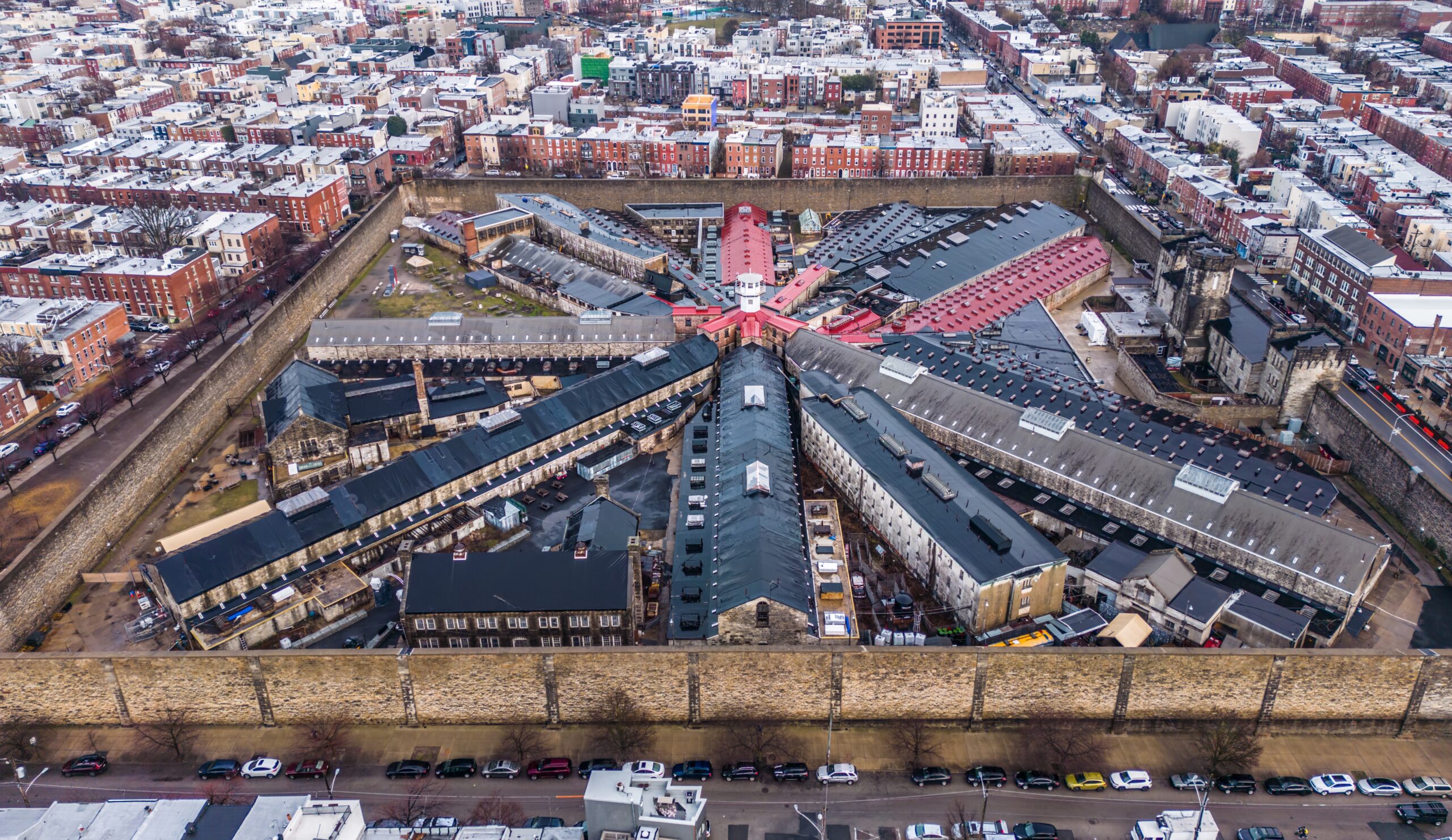
Eastern State Penitentiary opened in 1829 in Philadelphia, Pennsylvania, and set a new standard in prison design. Its architecture, known as the “hub-and-spoke” model, influenced prisons worldwide. Eastern State pioneered solitary confinement, aiming to reform inmates through isolation. The facility closed in 1971 but reopened as a museum. Today, visitors walk through eerie, decaying cell blocks. It now offers tours that delve into prison life and its unique approach to penitence. Famous inmates included Al Capone and Willie Sutton. It stands as a National Historic Landmark, preserving its haunting past.
Old Newgate Prison, Connecticut
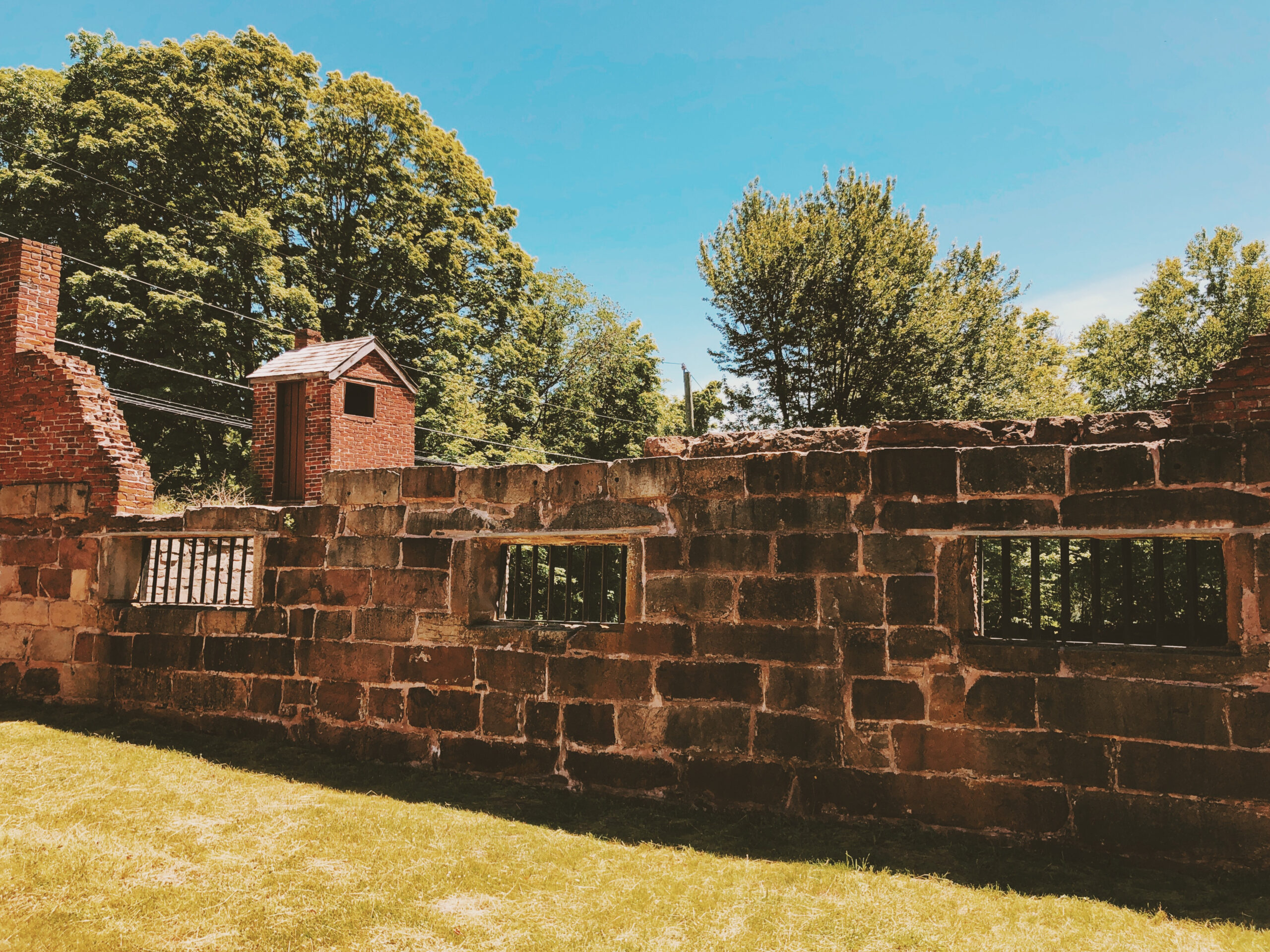
Old Newgate Prison in East Granby, Connecticut, began as a copper mine in 1705 and converted into a prison in 1773. It served as America’s first state prison and held notorious criminals and British Loyalists during the Revolutionary War. The prison faced constant challenges, including frequent escape attempts due to its rugged underground layout. Closed in 1827, it is now a museum and historical site. Visitors can explore its tunnels and learn about its mining origins. Its preserved stone structures highlight the prison’s harsh conditions. Old Newgate is a lasting piece of early American history.
Alcatraz Island, California
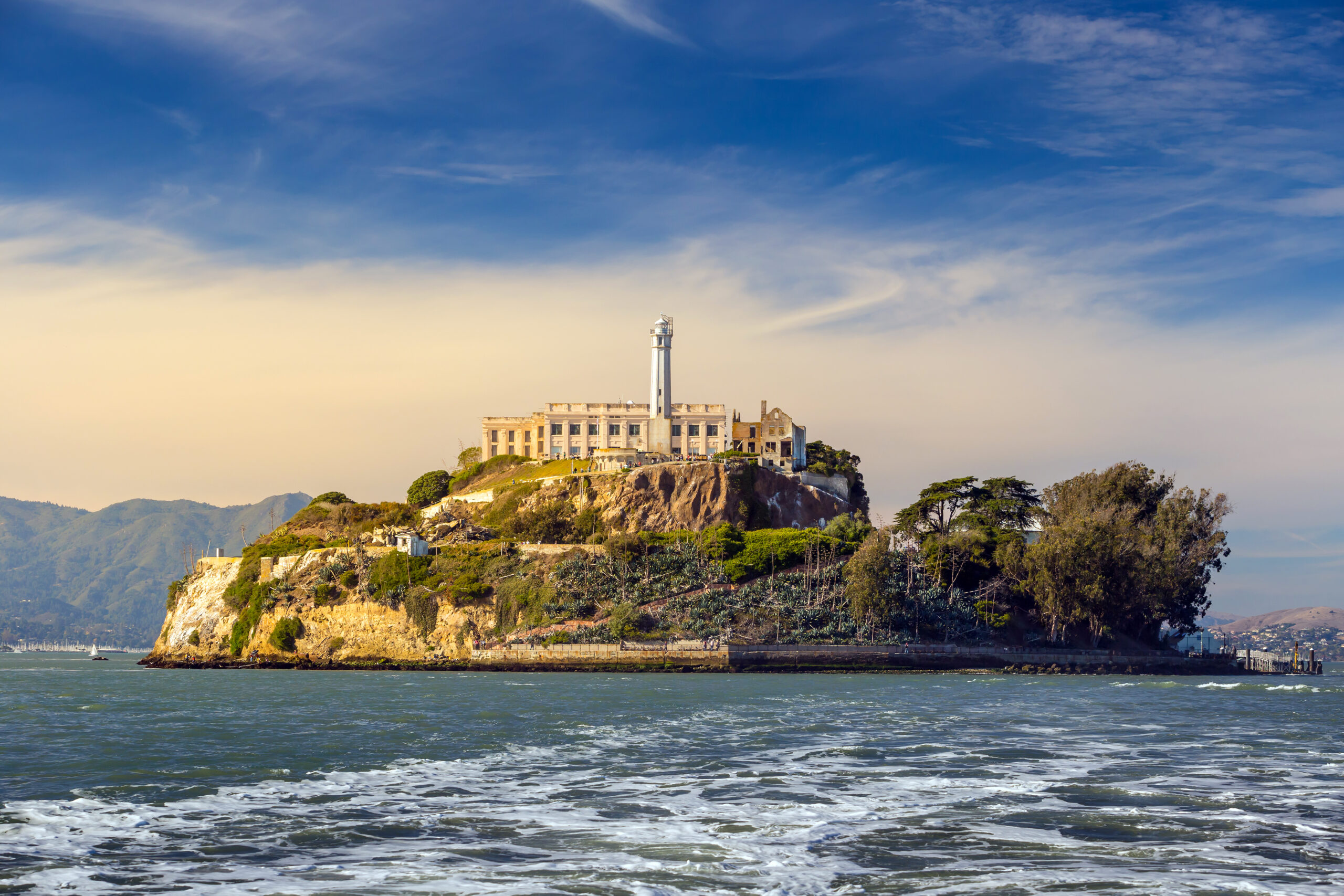
Alcatraz Island, often called “The Rock,” opened as a federal prison in 1934 in San Francisco Bay, California. Known for its high security, Alcatraz housed some of the nation’s most notorious criminals, including Al Capone and George “Machine Gun” Kelly. Surrounded by cold, treacherous waters, escape seemed impossible. It closed in 1963 due to high operating costs and deteriorating facilities. Today, it operates as a National Park Service site. Thousands visit annually to tour the infamous prison cells. Alcatraz remains an iconic symbol of American criminal justice history.
Kingston Penitentiary, New York
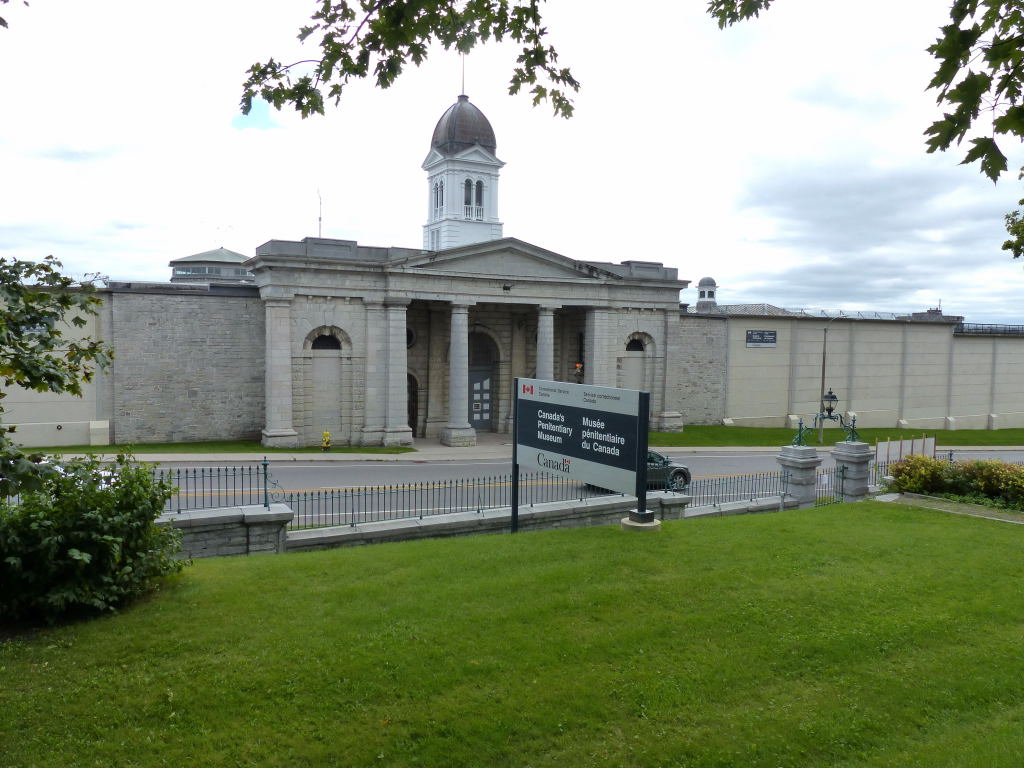
Kingston Penitentiary in Kingston, New York, opened its doors in 1835, becoming one of the first maximum-security prisons in North America. Known for its fortress-like structure, it housed violent offenders and served as a strict correctional facility. The prison remained active for nearly 180 years before closing in 2013. Now designated a historical site, it offers limited public tours. Kingston’s history includes high-profile inmate escapes and riots. Its walls reflect a legacy of stringent justice practices. It stands as a testament to early American and Canadian prison reform.
San Quentin State Prison, California
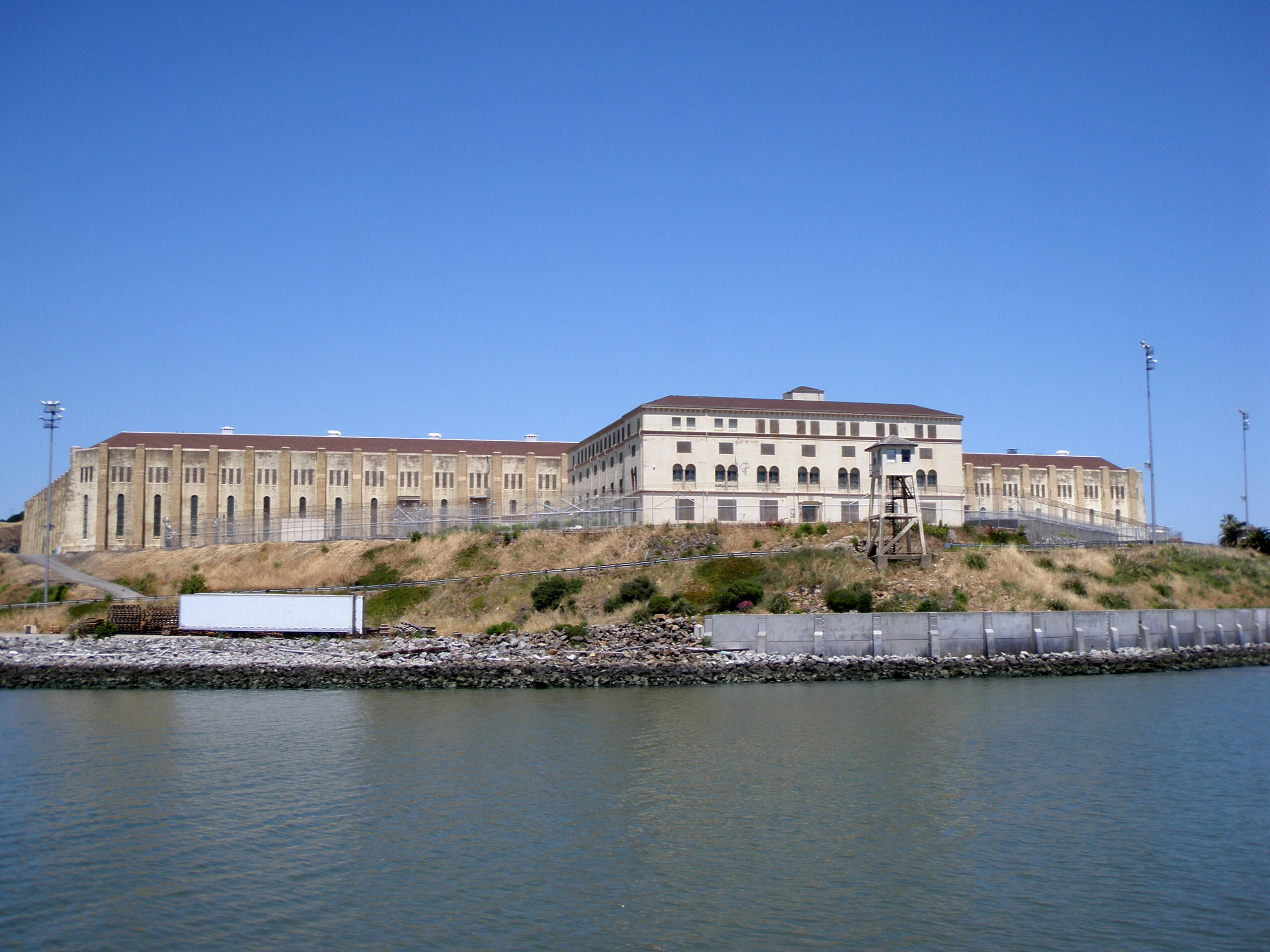
San Quentin State Prison, founded in 1852, is California’s oldest and one of its most notorious prisons. Located near San Francisco, it’s known for housing death row inmates. San Quentin has a rich and complex history, with periods of overcrowding and reform efforts. The prison is still active today, with facilities for both men and women. Famous inmates have included Charles Manson and Stanley “Tookie” Williams. The prison hosts a media program that allows inmates to share their stories. San Quentin represents a vital piece of California’s penal history.
Sing Sing Correctional Facility, New York
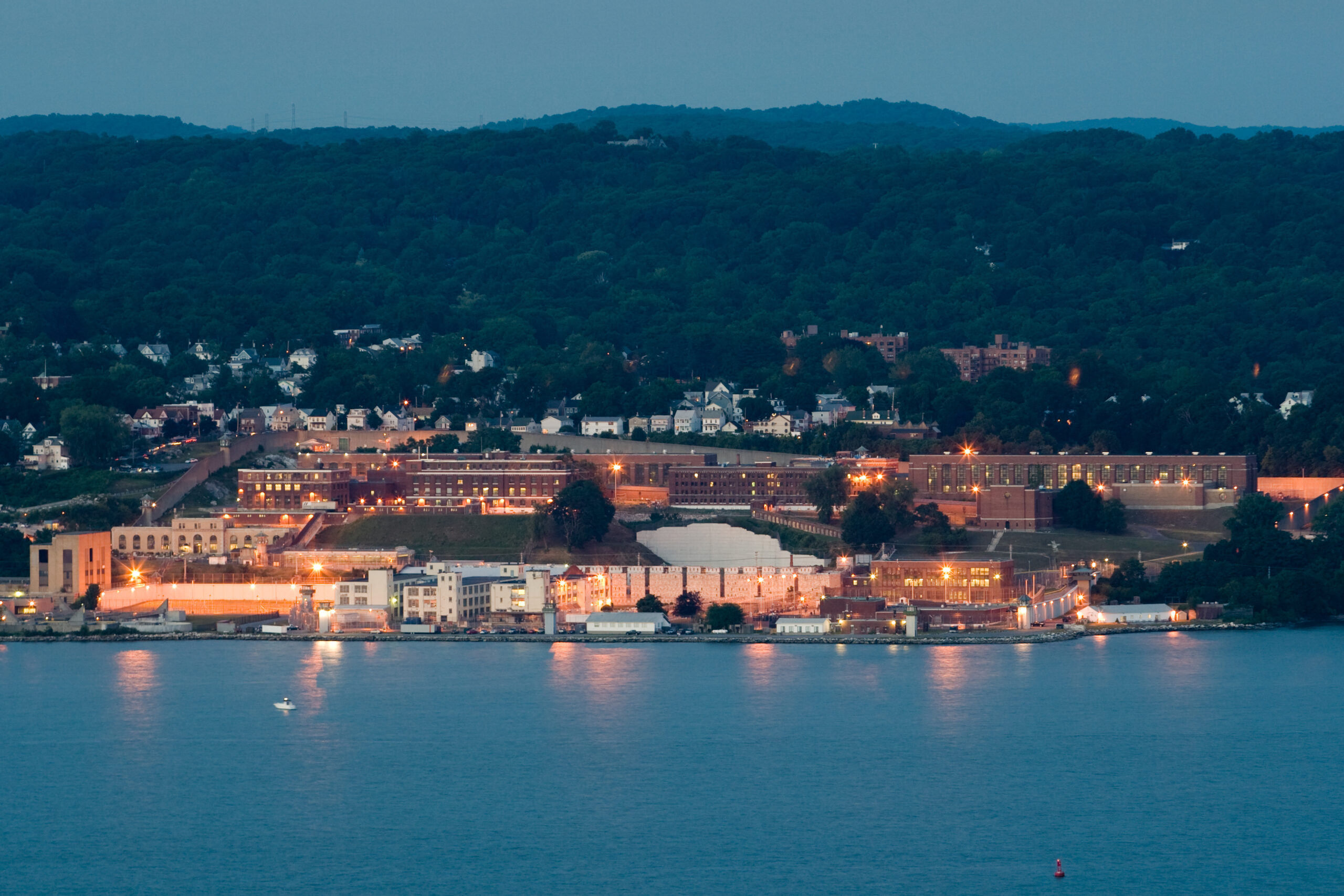
Sing Sing Correctional Facility, established in 1826, sits along the Hudson River in Ossining, New York. The prison’s phrase “up the river” originated from its location relative to New York City. It was built using inmate labor and became infamous for its harsh conditions and executions. Sing Sing remains operational, housing maximum-security inmates. The facility has gone through significant reforms over the years. It continues to be one of New York’s most famous prisons. Sing Sing’s history includes a mix of brutal punishment and gradual reform.
Ohio State Reformatory, Ohio
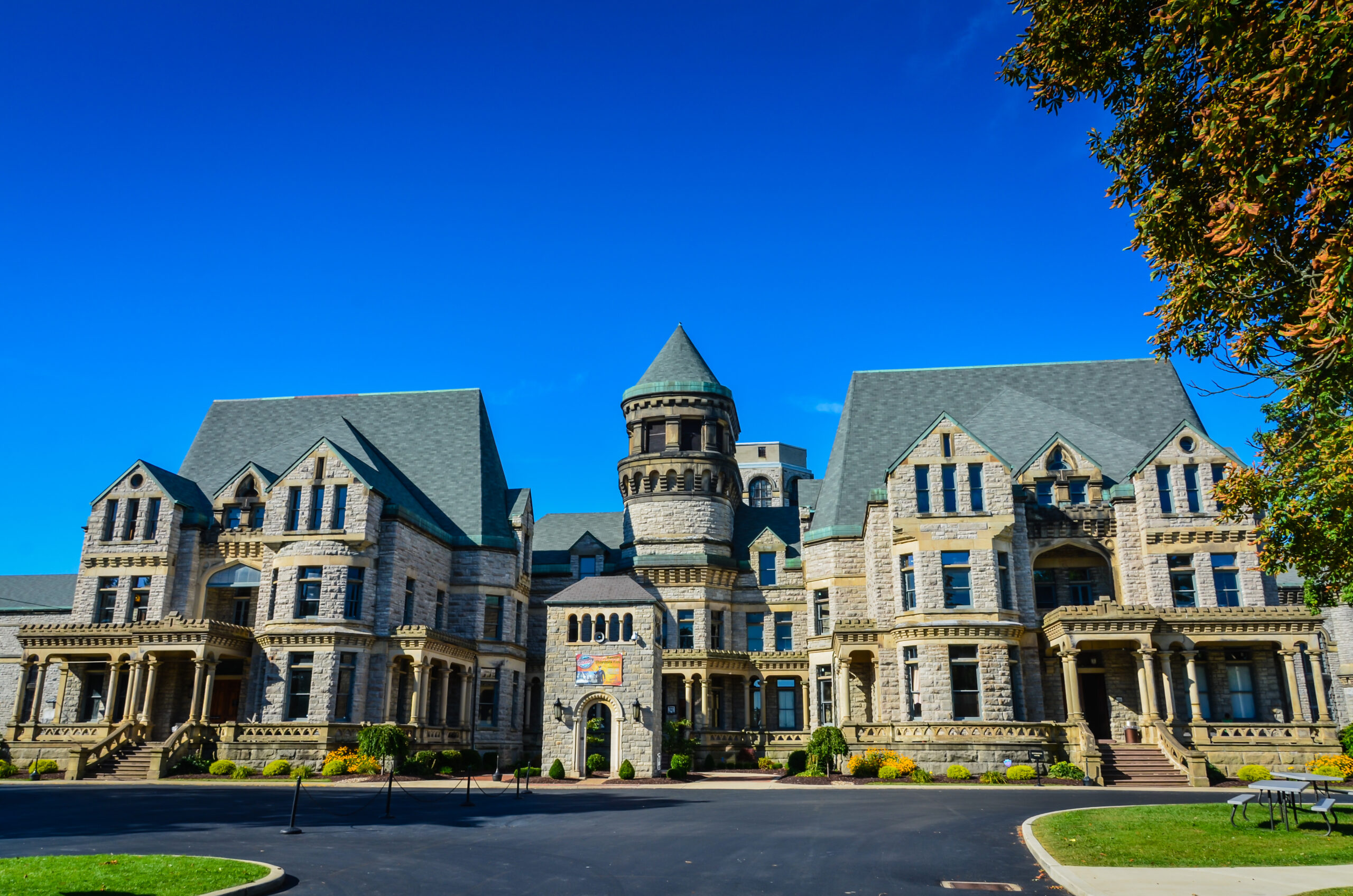
Ohio State Reformatory, located in Mansfield, Ohio, opened in 1896 and was designed to reform young, first-time offenders. Known for its gothic and Romanesque architecture, the reformatory became a prominent example of prison design. The facility closed in 1990 due to overcrowding and safety issues. Today, it operates as a museum and popular filming location. The site draws visitors interested in its architecture and ghost tours. Movies like The Shawshank Redemption brought it renewed fame. The reformatory stands as a symbol of America’s shifting approach to prison reform.
Joliet Correctional Center, Illinois
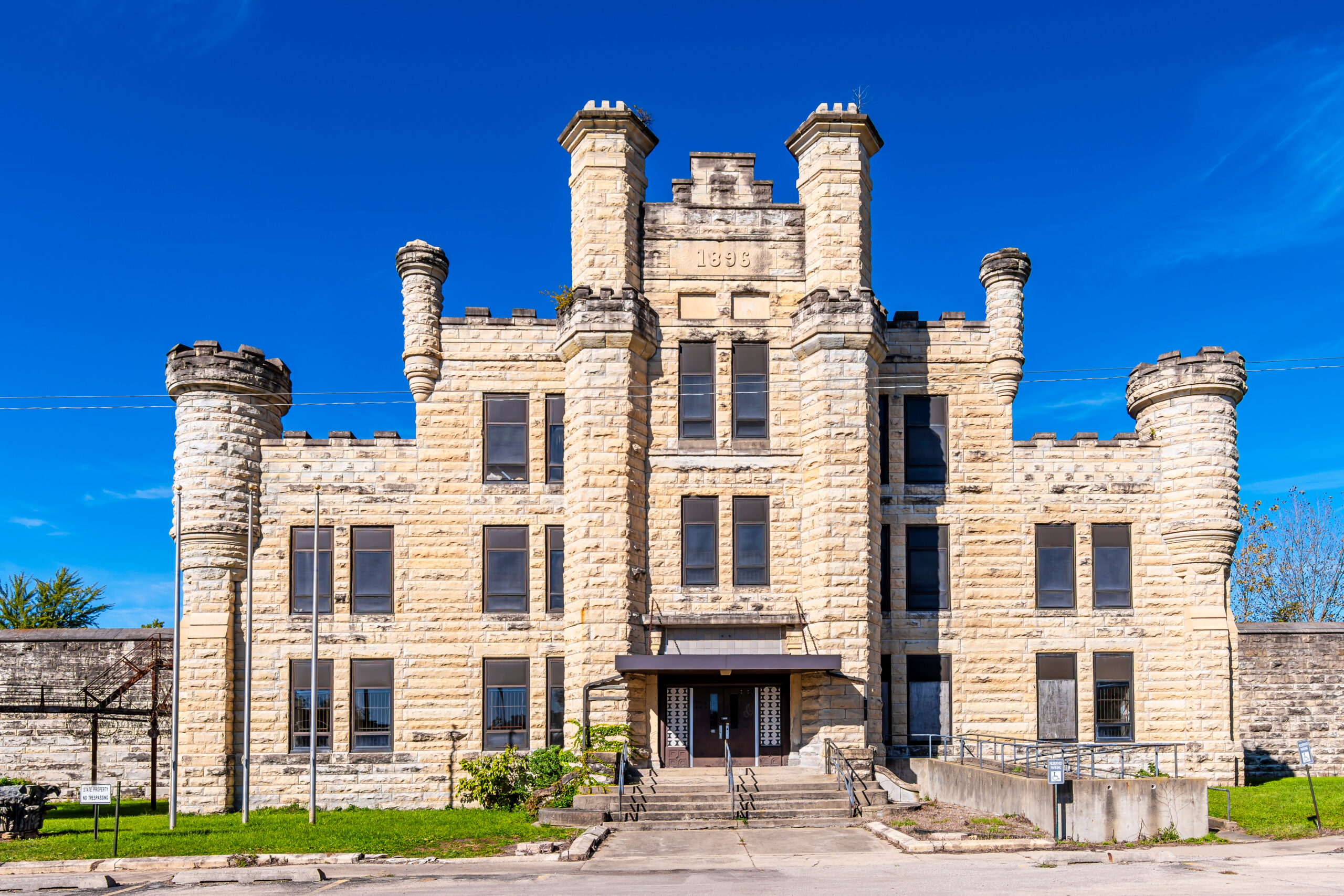
Joliet Correctional Center, also known simply as Joliet Prison, opened in 1858 in Joliet, Illinois. Built with limestone quarried by inmates, the prison became known for its imposing appearance. It housed a mix of criminals, from petty thieves to violent offenders. Joliet closed in 2002, primarily due to high maintenance costs. Today, it offers limited tours and is a popular filming site. Shows like Prison Break used its gritty appearance for scenes. The prison remains an iconic landmark in Illinois’ correctional history.
Auburn Correctional Facility, New York

Auburn Correctional Facility, located in Auburn, New York, opened in 1817 and introduced the famous “Auburn System” of inmate management. This system enforced silent labor and strict discipline, setting standards that many other prisons adopted. The prison became known for its unique design with cells stacked in tiers. Auburn is still operational today, housing maximum-security inmates. Over the years, it has undergone numerous reforms and upgrades. Its long history includes both groundbreaking and controversial practices. Auburn’s legacy continues as a notable part of U.S. penal history.
Folsom State Prison, California
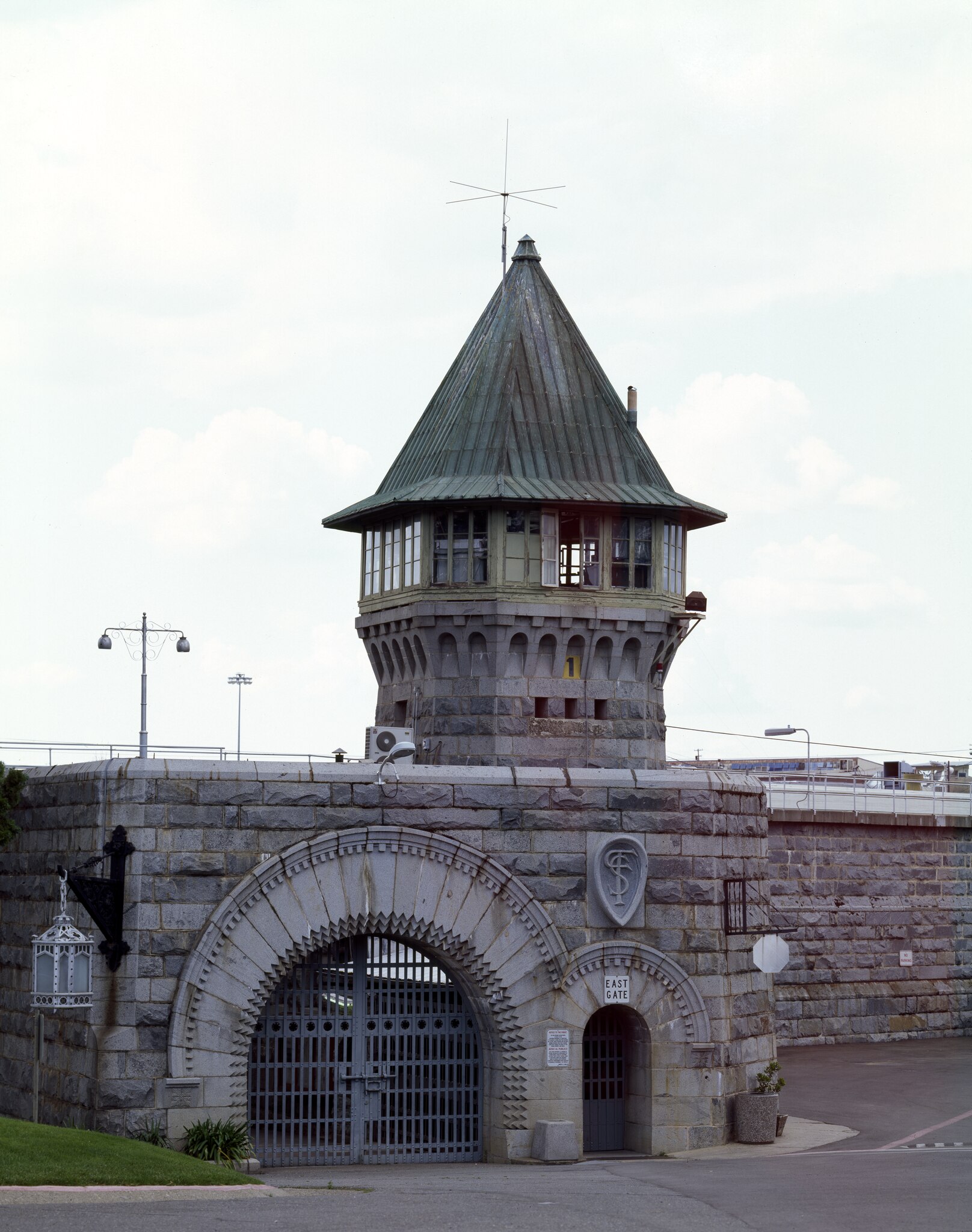
Folsom State Prison, founded in 1880, is located near Sacramento, California, and became known for housing hardened criminals. Built with granite walls, Folsom was one of the first prisons in the U.S. to have electricity. The prison gained additional fame through Johnny Cash’s performances for inmates in the 1960s. Folsom remains active today, housing medium-security offenders. Its facility includes a museum that attracts visitors interested in its history. Famous inmates included musician Rick James and Charles Manson. Folsom’s legacy is steeped in both popular culture and corrections history.
Old Idaho Penitentiary, Idaho
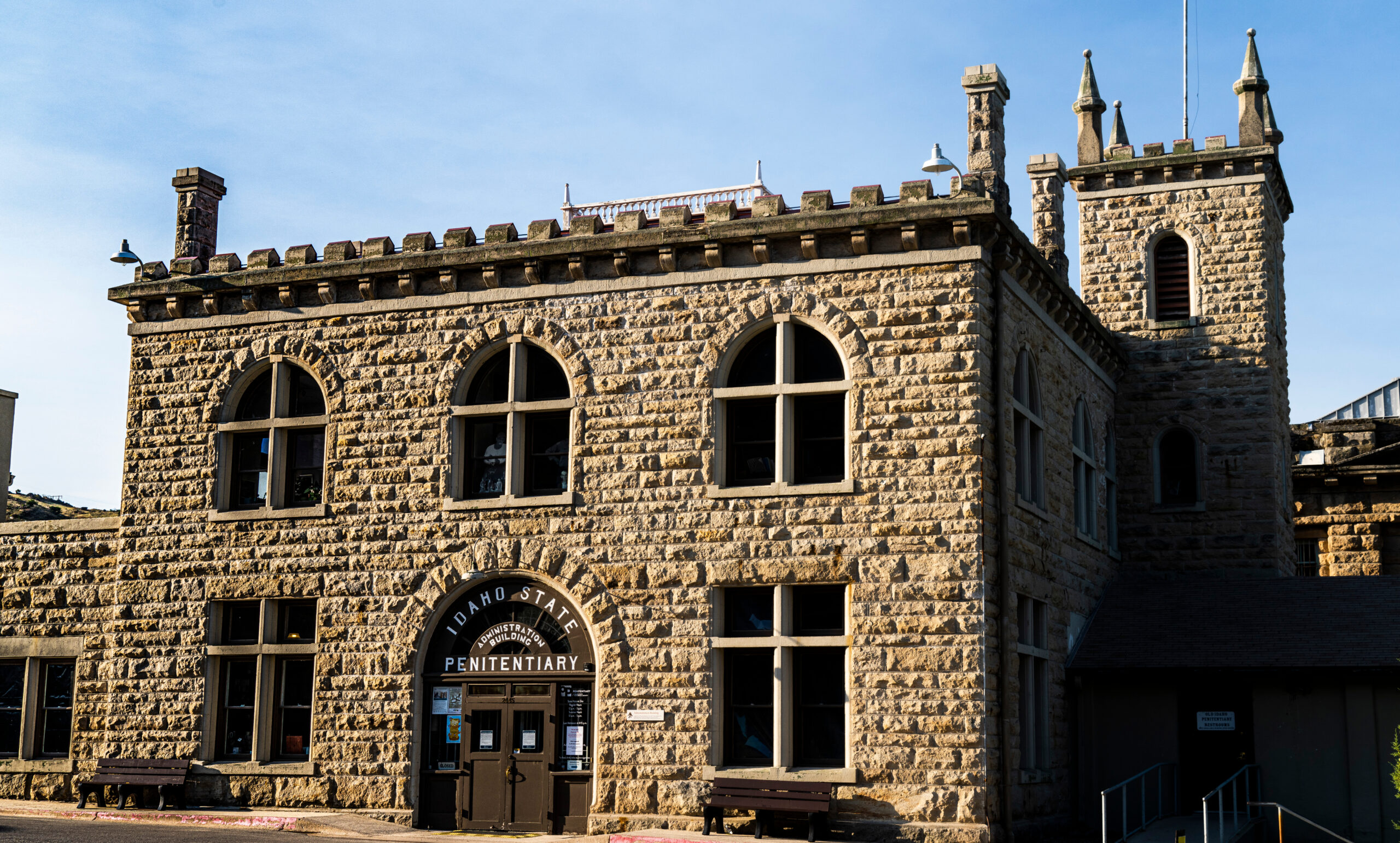
Old Idaho Penitentiary in Boise, Idaho, opened its doors in 1872 as a territorial prison. This sandstone-built prison held over 13,000 inmates until it closed in 1973. Known for its harsh conditions and infamous inmate riots, the prison has a storied past. It now operates as a museum, showcasing the cells, gallows, and artifacts of its history. Visitors can explore exhibits detailing the lives of former inmates. Old Idaho Penitentiary highlights a unique chapter of Idaho’s early justice system. Its preserved structures offer insight into frontier-era incarceration.
West Virginia State Penitentiary, West Virginia
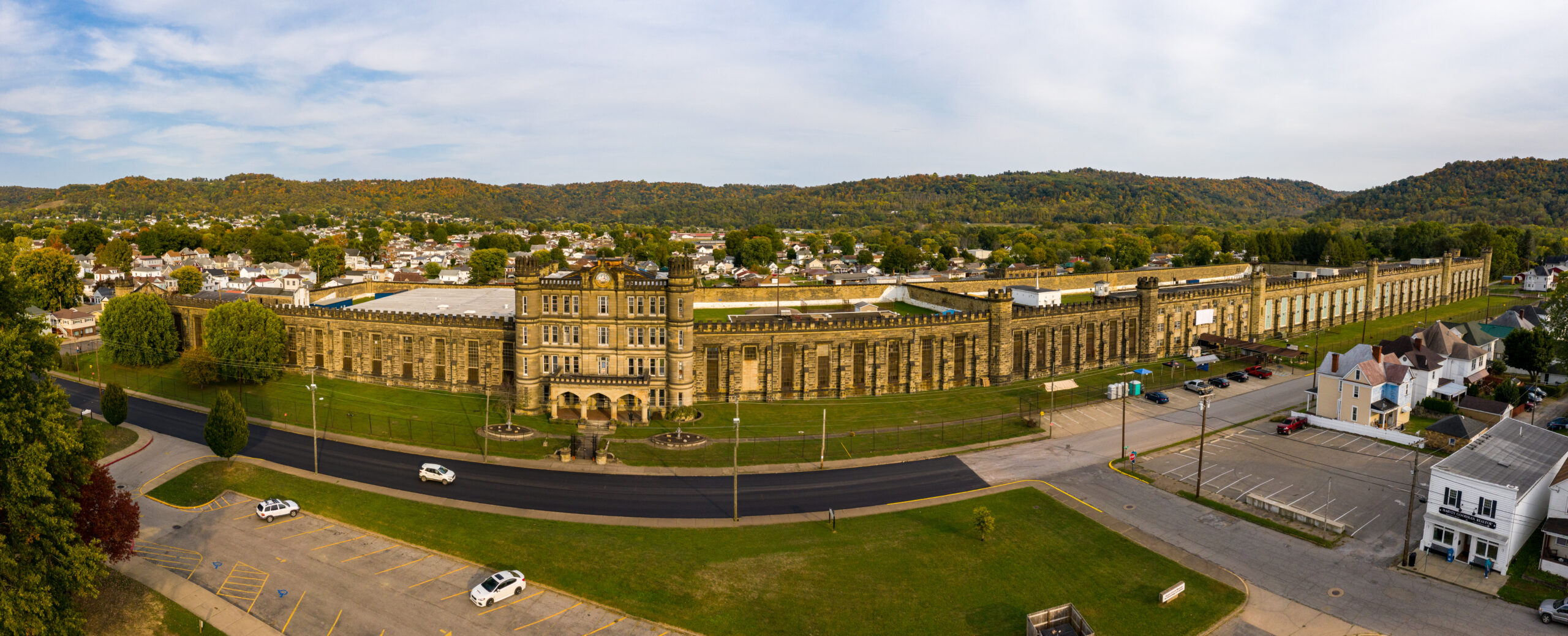
West Virginia State Penitentiary, located in Moundsville, opened in 1876 and became known for its Gothic architecture and grim conditions. The prison operated until 1995, often overcrowded and plagued with violence. Its dark history includes numerous escapes and riots over the years. Today, it serves as a tourist attraction, offering tours and paranormal investigations. Its unique architecture and brutal history attract visitors and historians alike. Famous for housing violent offenders, it became notorious throughout the state. The site remains a haunting symbol of West Virginia’s criminal justice past.
Missouri State Penitentiary, Missouri
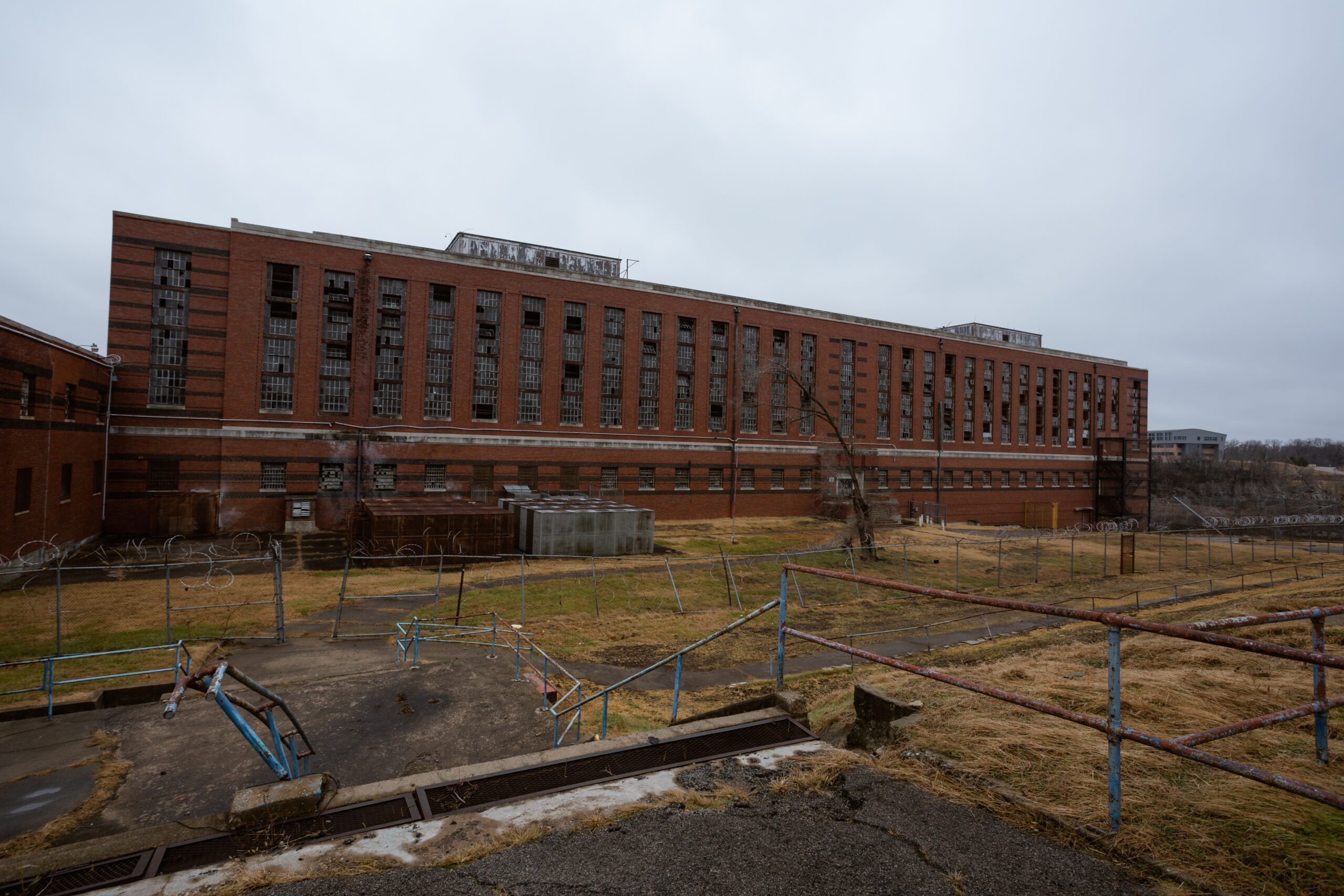
Missouri State Penitentiary in Jefferson City, Missouri, opened in 1836 and was once called the “Bloodiest 47 Acres in America.” Known for its violence and overcrowding, it housed notorious criminals, including “Pretty Boy” Floyd. The prison closed in 2004, after nearly 168 years of operation. Today, it serves as a museum and offers historical tours. Visitors can explore cells, gas chambers, and other facilities preserved from its history. The prison’s reputation for brutality is widely documented. Missouri State Penitentiary stands as a stark reminder of the darker side of early U.S. prisons.
Montana State Prison, Montana
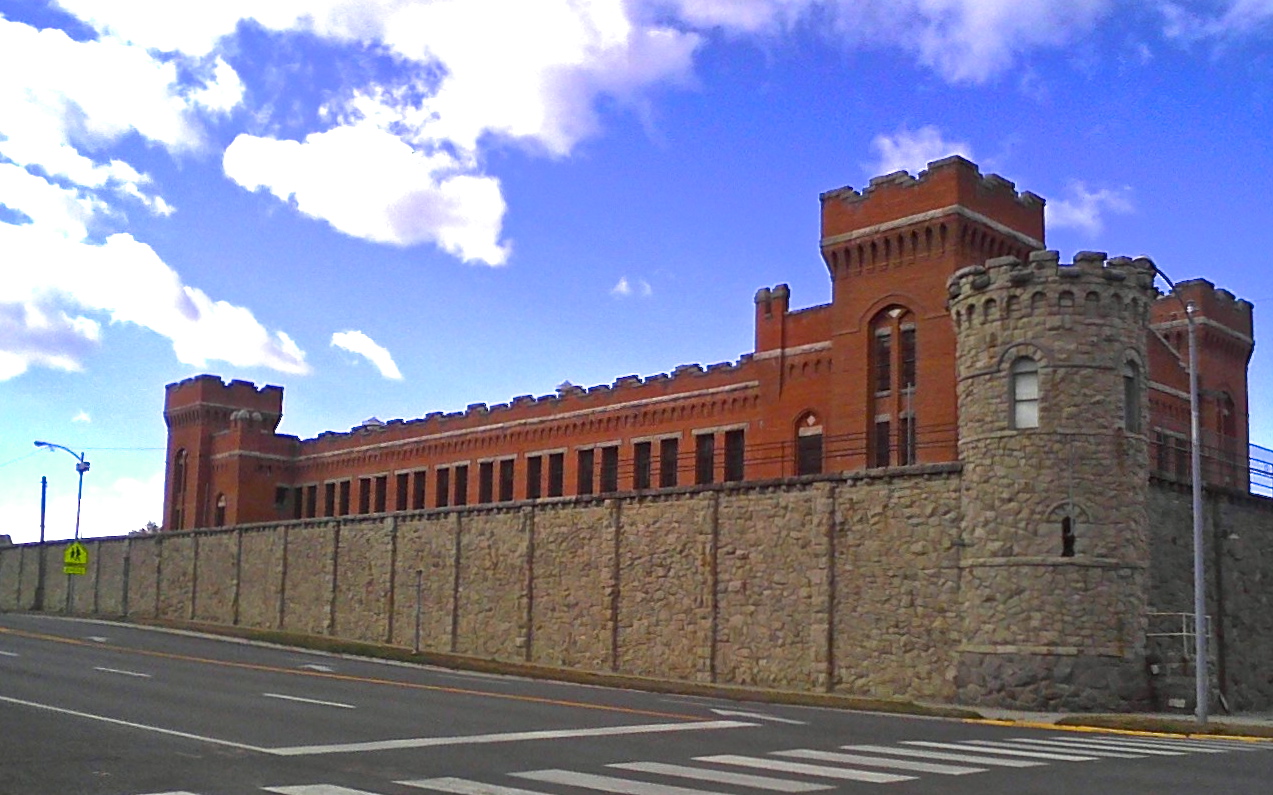
Montana State Prison opened in 1871 in Deer Lodge, Montana, serving as the state’s primary correctional facility. The prison housed a mix of violent and non-violent offenders, experiencing frequent overcrowding. After a major riot in 1959, new facilities were eventually built, and the old prison closed in 1979. Today, it operates as a museum, offering insights into prison life from a bygone era. Visitors can tour its cell blocks and learn about the infamous 1959 riot. The prison’s historic buildings stand as a testament to Montana’s past correctional practices.
Yuma Territorial Prison, Arizona
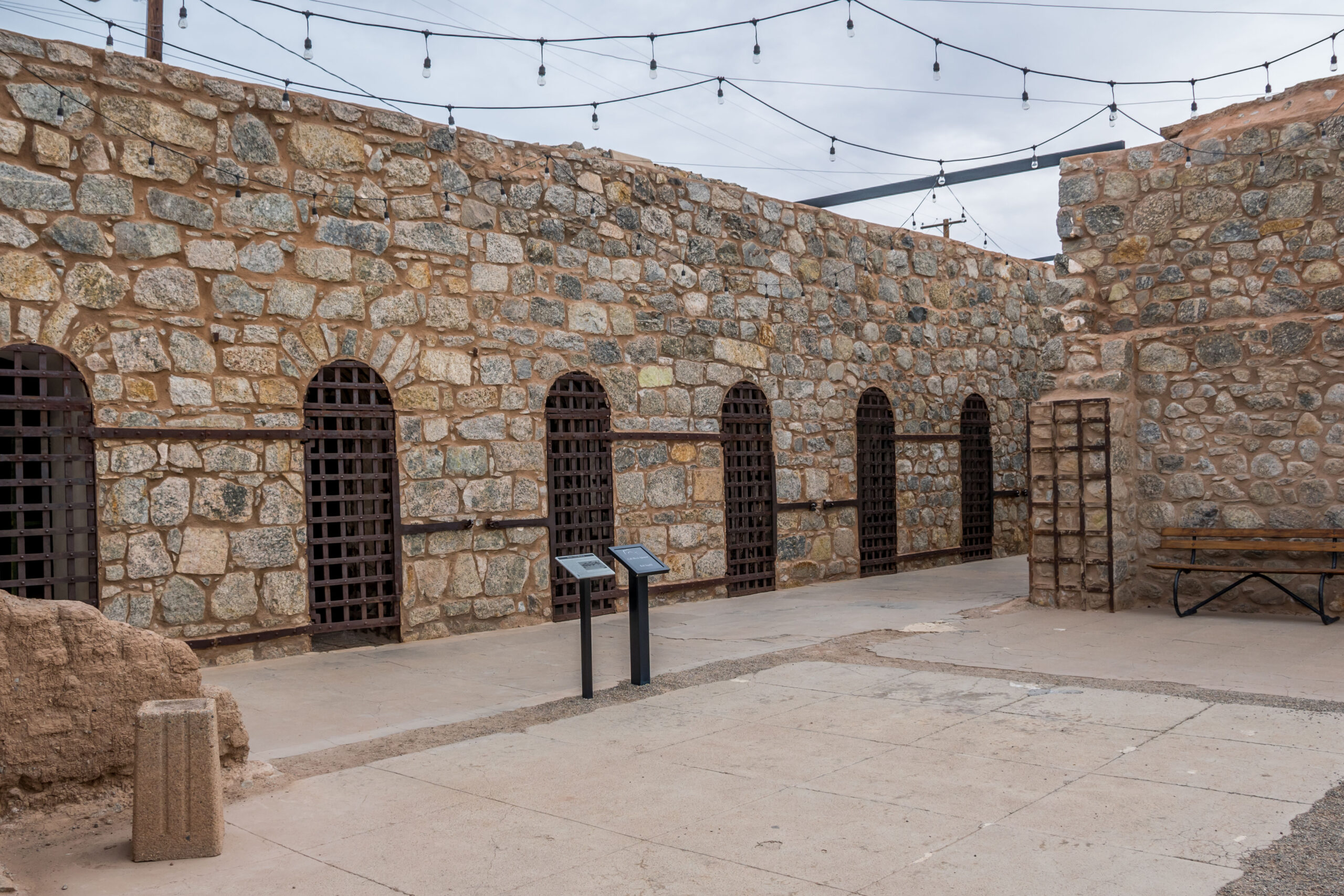
Yuma Territorial Prison in Yuma, Arizona, opened in 1876 as Arizona’s first territorial prison. Known for its harsh desert conditions, the prison held both men and women until it closed in 1909. The prison’s cells were small and poorly ventilated, making it infamous for tough conditions. Today, it functions as a state historical park and museum. Visitors can explore its preserved cells and learn about the prison’s storied past. The prison held many outlaws of the Wild West era. Yuma’s history is one of resilience in extreme conditions.
Angola State Penitentiary, Louisiana
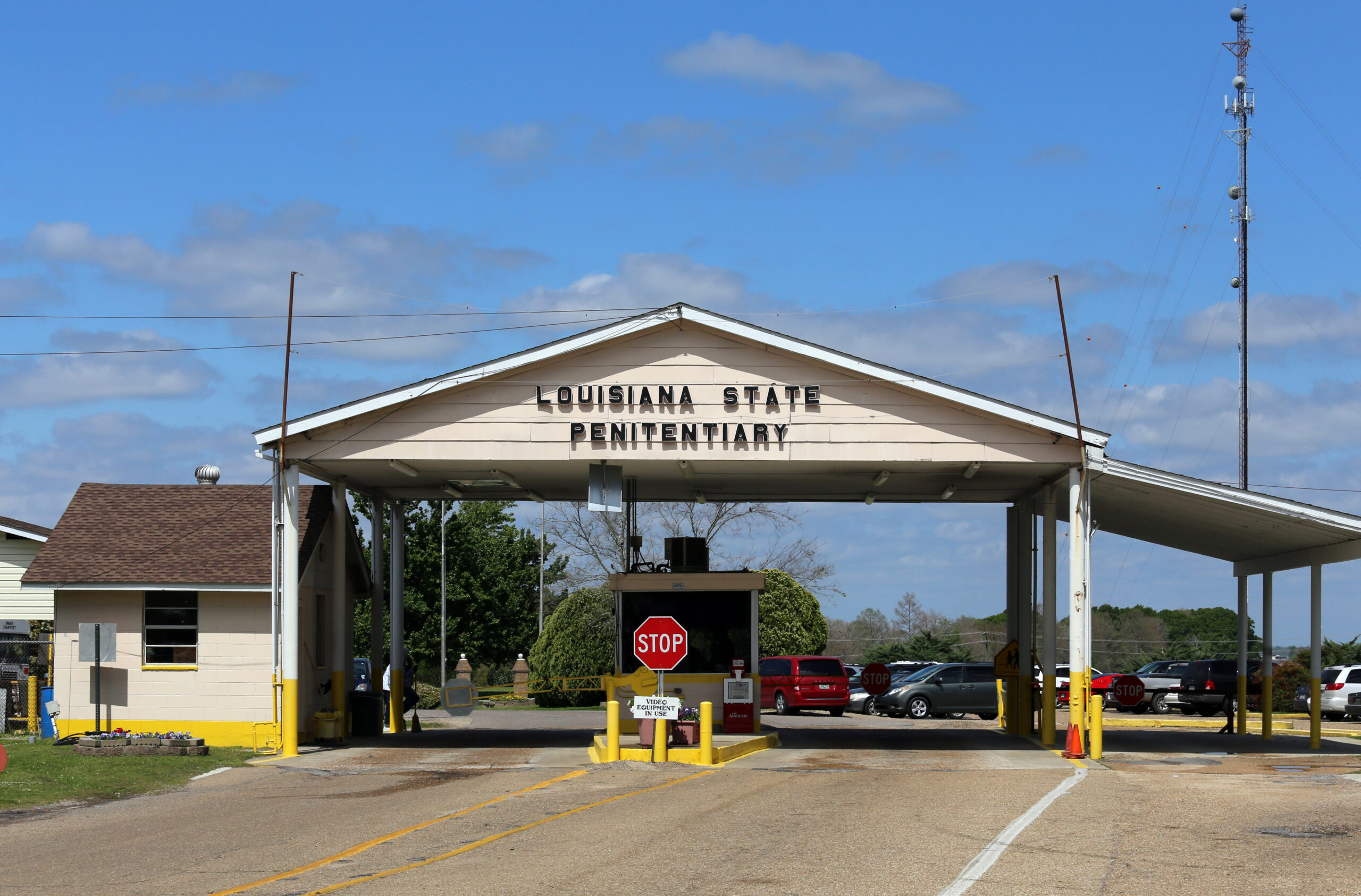
Angola State Penitentiary, established in 1901 in Louisiana, is one of the largest and most well-known maximum-security prisons in the U.S. Often referred to as “The Farm,” Angola is located on a former plantation. The prison covers 18,000 acres and is home to thousands of inmates, many serving life sentences. Angola is still operational today, housing high-security inmates and known for its strict work programs. The prison also holds an annual rodeo, drawing large crowds. Angola’s history reflects a complex blend of punishment and rehabilitation. It remains a significant part of Louisiana’s prison system.
This article originally appeared on Rarest.org.
More from Rarest.org
17 Largest Ships in the World

When it comes to the largest ships in the world, their size alone is enough to leave anyone in awe. Read More.
19 Oldest NBA Players

As NBA players age, the physical demands of the game often shorten their careers, but some manage to defy the odds and play well into their late 30s and even 40s. Read More.
20 Largest Dinosaurs Ever Found

Dinosaurs have always captured the imagination with their immense size and mystery, but some species were so massive that they defy belief. Read More.
